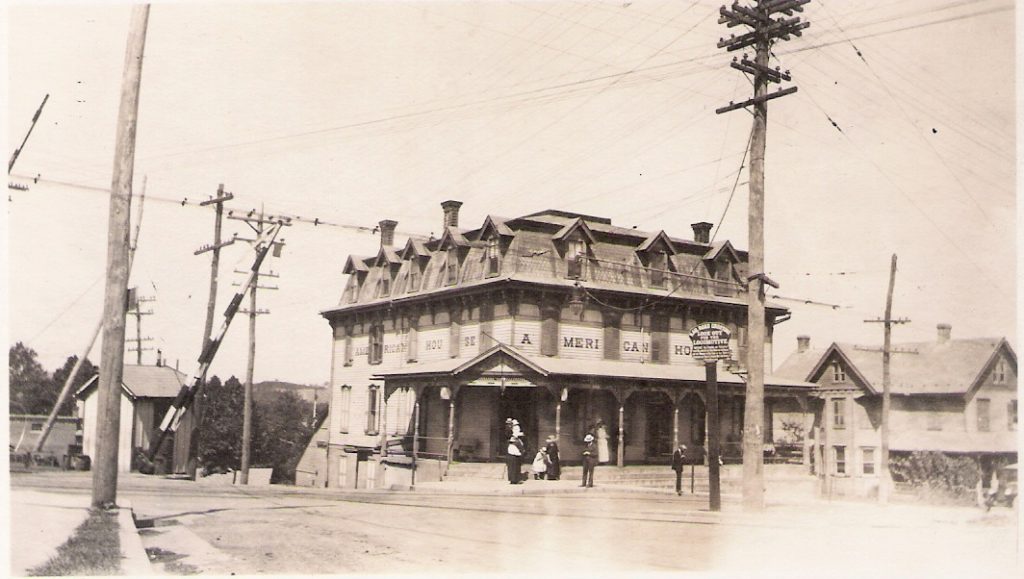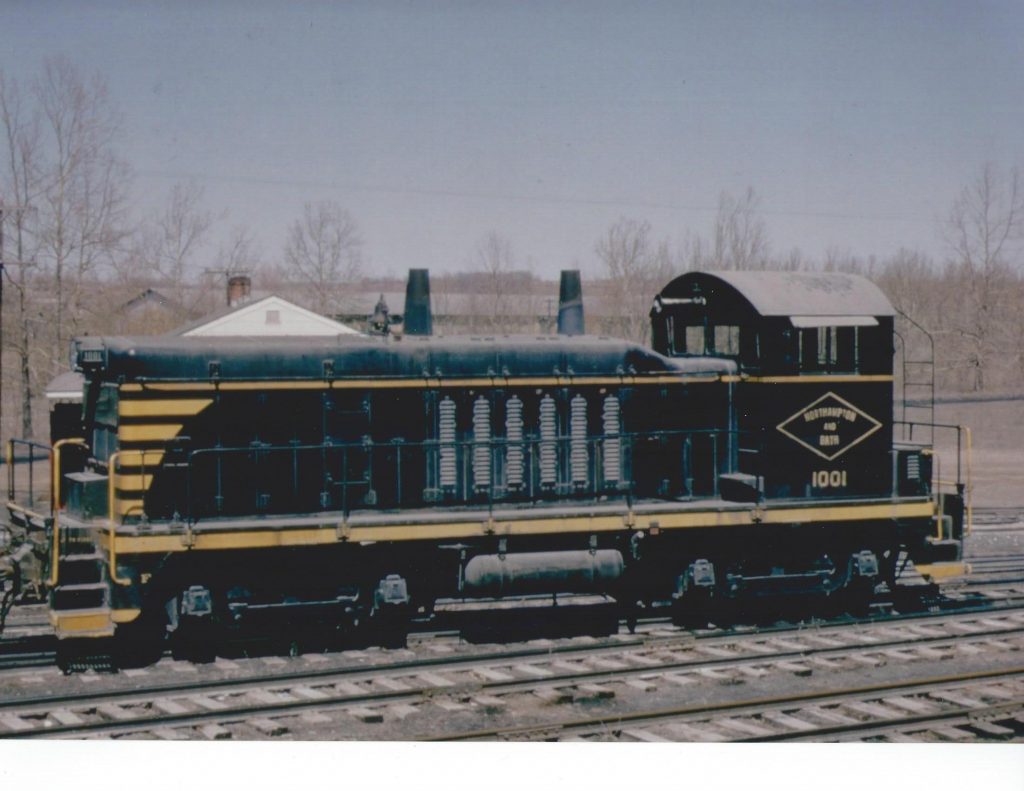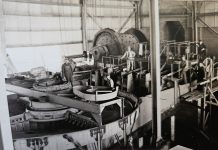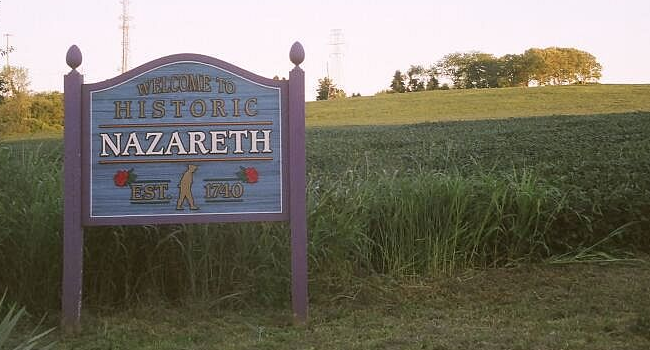On Saturday, June 22, the Northampton Historical Society presented “Businesses of a Bygone Era,” a program featuring the founders of the city’s industry as well as landmark local businesses whose contributions to the economy and community were important factors in the growing town. The lecture was held at the Municipal Building located at 1401 Laubach Ave., which is also the home of the Atlas Museum.
Larry Oberly, local historian and Vice-president of the society, gave a fascinating account of what Northampton’s commercial and physical landscapes looked like from the turn of the century to the present day. The lecture included photographs of the original buildings as well as current images, giving the audience a glimpse of Northampton’s past and present. To date, 306 businesses of Stemton and the third ward have been identified.

Oberly began the narrative at the turn of the 19th century when brothers George and William Stem relocated to the east side of the Lehigh River and founded the village of Stemton, where the third ward is located. The brothers moved in order to create the Lehigh Car Manufacturing Company, which made Gondola Rail Cars to haul coal on the Lehigh and Susquehanna Railroads.
In 1902, Stemton became a part of the Borough of Alliance when it merged with two neighboring villages, Siegfried and Newport. Due to the rapid growth after the arrival of the Atlas and Lawrence Portland Cement companies, the US Census in 1900 said the three villages could combine their populations and apply for status as a Borough under Pennsylvania Law. The name of the new community was changed to Northampton in 1909 when a twist of fate sent recycled cloth cement bags to the wrong city with the same name of Alliance.
Some of the area’s original prominent businesses were Atlas Cement, which inspired the name of the high school’s “Konkrete Kids,” and the Nor-Bath Railroad, which was the first railroad to convert to all diesel engines. Atlas was the largest cement plant in the world at that time. One of its most notable contributions to history was that it supplied eight million barrels of cement to the construction of the Panama Canal.

The discussion was heightened by life-long residents of the city, who gave their own accounts of what they had witnessed over the past 50 years. Mr. Oberly enthusiastically welcomed the audience’s participation, at times adding facts to his own notes which were recorded by his partner and wife.
The society began researching this project almost four years ago using advertisements in old football and church programs, newspapers and census records.
The Northampton Historical Society is located at the corner of West 21st and Canal Streets in Northampton.
The final program in this Businesses of a Bygone Era series will be on the fourth ward, scheduled for October 19.









